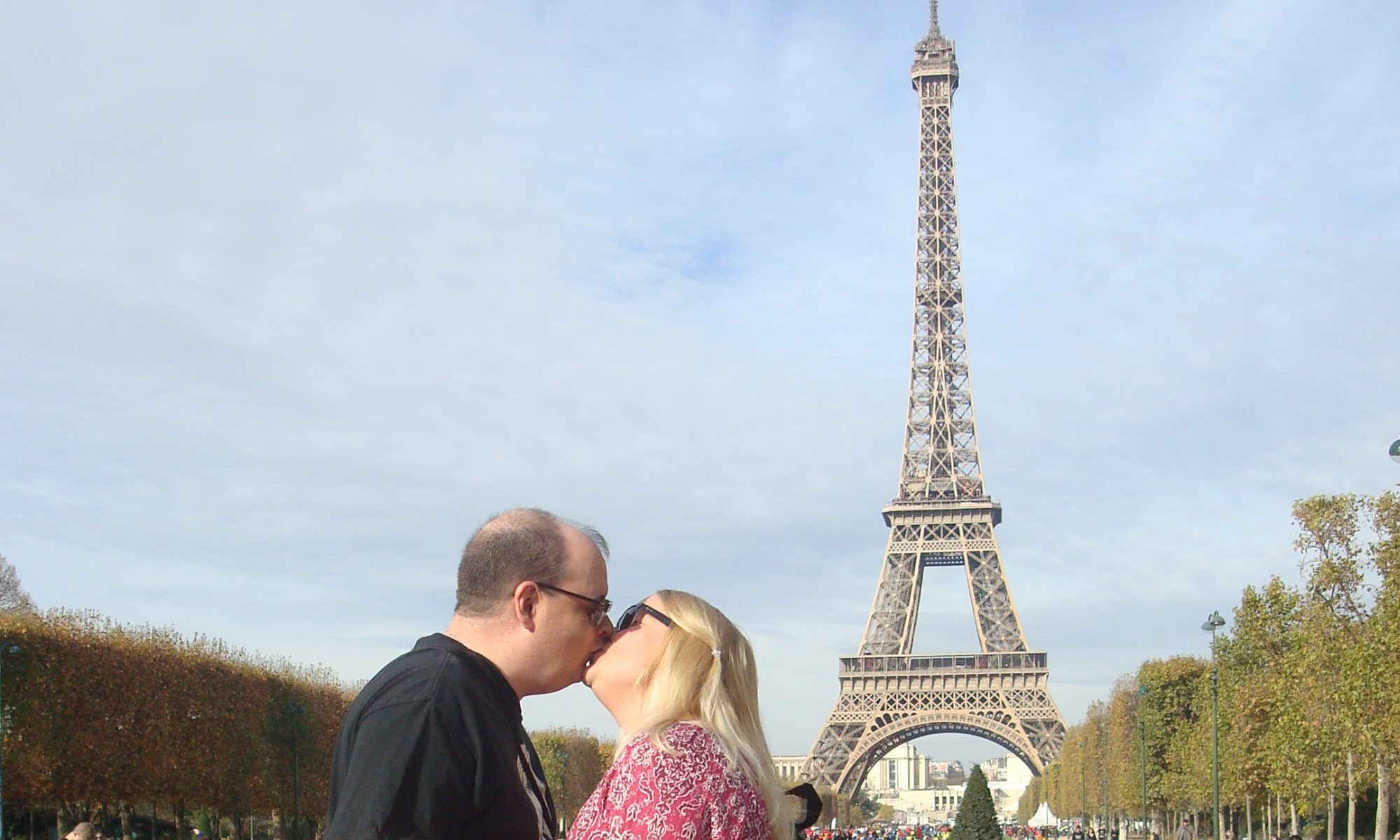Human beings have known about the uniqueness of fingerprints for a long time. Ancient Babylonians used fingerprints for signatures. The famous Code of Hammurabi (1700 BC) authorized authorities to record the fingerprints of those who were arrested. The ancient Egyptians, Minoans, Greeks and Chinese used fingerprints as a form of identification, usually on legal documents, but sometimes as a “maker’s mark” on pottery items. By 702 AD, the Japanese had adopted the Chinese fingerprint method to authenticate loans.
After the fall of the Roman Empire, Europe seemed to forget about fingerprints for a long time. It wasn’t until 1684 that English physician Nehemiah Grew published the first scientific paper about fingerprints. Just over a century later, in 1788, German anatomist Johann Christoph Andreas Mayer published a paper in which it was recognized that each fingerprint is unique.
Fingerprinting got a big boost in 1858. And that’s because of Sir William James Herschel, grandson of William Herschel, the German-born English astronomer who discovered Uranus, and son of John Herschel, who named seven moons of Saturn and four moons of Uranus.
William James Herschel was an officer in the Indian Civil Service in Bengal. Herschel became a big proponent of fingerprinting after becoming fed up with the rampant forging of contracts and legal papers that was going on in India at the time. Herschel’s decision to require fingerprints on most legal documents not only made forging them much more difficult, it almost eliminated fraud in pensions, in which family members continued to cash checks long after their relative had died. This was, of course, costing the English authorities a massive sum of money. Shortly thereafter, Herschel also began fingerprinting prisoners as soon as they were sentenced, as it was somewhat common for Indians to pay someone else to serve their prison sentences.
In 1880, Dr Henry Faulds, a Scottish surgeon who had been appointed by the Church of Scotland to open a mission in Japan, published a paper in the journal Nature on how fingerprints were unique and could be used for identification purposes. Faulds’ interest in fingerprints came about thanks to an archaeological expedition he went on with an American friend, Edward S. Morse. Faulds noticed that he could see ancient fingerprints in recovered pottery shards, and he began looking at his own fingerprints. Shortly thereafter, the hospital Faulds founded was broken into. A staff member was accused of the crime, but Faulds was certain the employee was innocent. He compared fingerprints found at the scene with those of the suspect and found that they were different. This convinced Japanese police to release the man.
Continue reading “The Oddest Coincidence”




